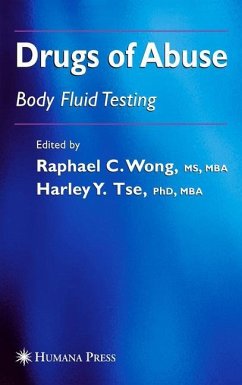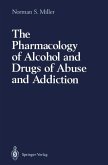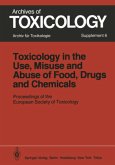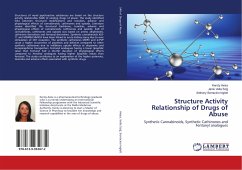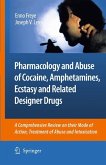A comprehensive review of the science of drug testing in all its aspects, placing emphasis on technologies that use body fluids other than urine for determining the presence of drugs of abuse. The authors discuss the various body fluid specimens suitable for testing for illicit drugs-particularly saliva, sweat, and hair-describe the structural and manufacturing aspects of on-site testing devices based on lateral flow immunoassay, and detail the pitfalls of using these specimens. They also discuss in detail the problem of sample adulteration and its detection. Since oral fluid has the best potential of succeeding urine as the next matrix of choice for drug detection, four popular saliva testing devices are examined: Intercept®, the Drager Drug Test®, Oratect®, and Drugwipe. Political, social, and legal issues are also considered in articles on privacy, the use of drug testing in courts, and the problem of sample adulteration. Drug testing is now an established science that employsmany new technologies and has become a multimillion dollar business directly and indirectly touching the lives of many people. In Drugs of Abuse: Body Fluid Testing, leading authorities review the science of drug testing in all its aspects, placing emphasis on technologies that use body fluids other than urine for determining the presence of drugs of abuse. The authors discuss the various body fluid specimens suitable for testing for illicit drugs-particularly saliva, sweat, and hair-describe the structural and manufacturing aspects of on-site testing devices based on lateral flow immunoassay, and detail the pitfalls sometimes encountered when using these specimens. They also discuss in detail the problem of sample adulteration and its detection. Since oral fluid has the best potential of succeeding urine as the next matrix of choice for drug detection, four popular saliva testing devices are examined: Intercept®, the Drager Drug Test®, Oratect®, and Drugwipe. Political, social, and legal issues are also considered in articles on privacy, the use of drug testing in courts, and the problem of sample adulteration. An international perspective is provided by a description of a large-scale roadside drug-testing program (ROSITA) in the European Union.
Comprehensive and authoritative, Drugs of Abuse: Body Fluid Testing offers not only an understanding of the theoretical principles behind these techniques, but also an up-to-date account of both the recent advances in drug testing techniques and today's optimal testing practices.
Comprehensive and authoritative, Drugs of Abuse: Body Fluid Testing offers not only an understanding of the theoretical principles behind these techniques, but also an up-to-date account of both the recent advances in drug testing techniques and today's optimal testing practices.
From the reviews:
"This book discusses oral fluid, sweat, hair, and, to a lesser extent, urine as matrices for drugs of abuse testing. ... the information is very detailed and specific. ... Overall this text is well written and serves to provoke thoughts on where drugs of abuse testing is going in the future. While some of the information presented is directly related to forensic toxicology, the majority is more suited to end users of the immunoassay devices or those involved in workplace drug testing." (Maria Reid, Journal of the Canadian Society of Forensic Science, January, 2007)
"This book discusses oral fluid, sweat, hair, and, to a lesser extent, urine as matrices for drugs of abuse testing. ... the information is very detailed and specific. ... Overall this text is well written and serves to provoke thoughts on where drugs of abuse testing is going in the future. While some of the information presented is directly related to forensic toxicology, the majority is more suited to end users of the immunoassay devices or those involved in workplace drug testing." (Maria Reid, Journal of the Canadian Society of Forensic Science, January, 2007)

